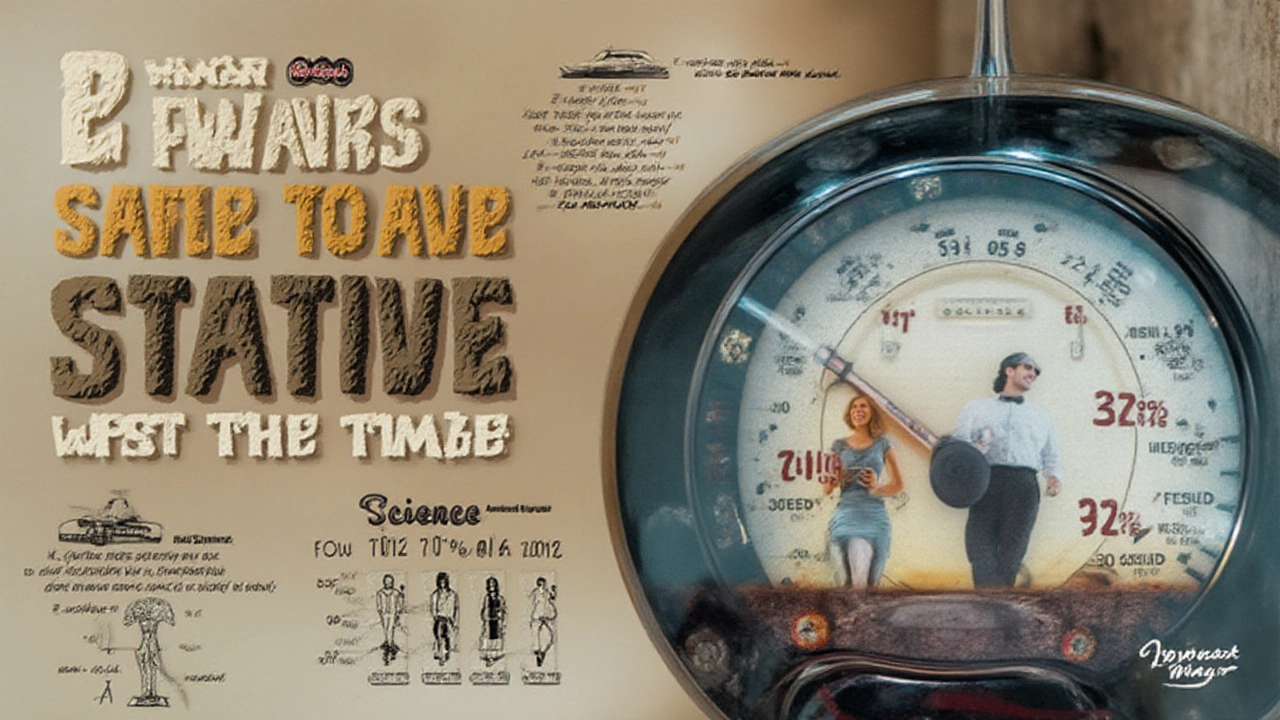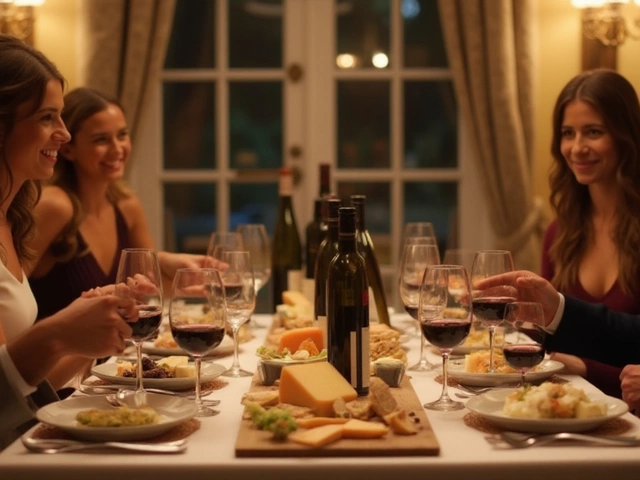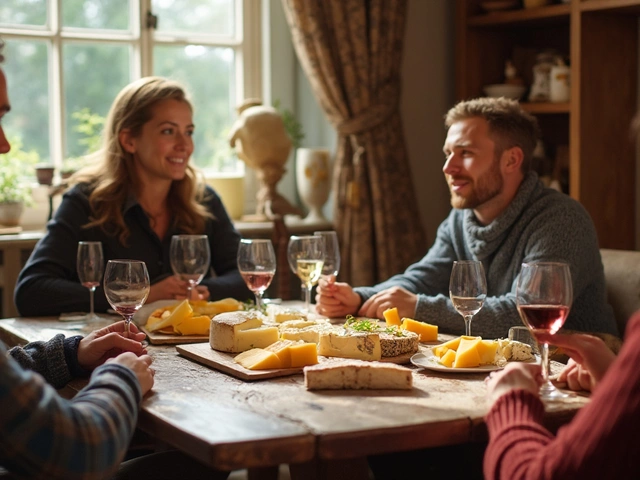Red lights flashing in your brain as you swirl another glass of Cabernet. You’re at a vineyard, surrounded by row after row of grapevines, friends laughing, everyone sipping and swirling. A chill runs across your skin – one that has nothing to do with the breeze in the valley. It's that nagging question: Is it actually safe to drive after wine tasting? The folklore from seasoned wine tourists says, “Just a sip, you’ll be fine.” But is the myth as safe as people claim? Let’s crack open the truth — no sugarcoating.
The Untold Science: How Wine Tasting Actually Affects Your BAC
Let’s paint the scene: you’ve signed up for a wine tasting at that picturesque vineyard you saw on Instagram. Hosts tend to pour samples that look tiny compared to your usual Friday glass. Don’t be fooled, those little sips add up. In most tasting rooms, a ‘pour’ is 1 to 2 ounces. That means a flight of 5 wines could equal 7 to 10 ounces, or nearly two full glasses of wine after just one tasting flight. Tempted to hit two wineries on a sunny Saturday? Now you’re talking up to four glasses in just an hour or two, without really realizing it.
Let’s get nerdy for a sec. Most wine clocks in at about 12% to 15% alcohol by volume. The legal limit for blood alcohol content (BAC) in most U.S. states is 0.08%. But the science is sneaky: even just one standard drink (5 ounces of 12% alcohol wine) can push your BAC to 0.02%–0.03%. For a 150-pound guy, two glasses could get you close to 0.05%. Now think about someone smaller, like my wife Hannah – her BAC will rise faster with same amount, simply because of lower body water and weight.
Alcohol metabolizes at roughly one drink per hour, but, and this is key, that rate barely adapts for “tastings” versus full drinks. It’s not about intention. Once that ethanol hits your bloodstream, your liver gets to work at its own stubborn pace. No shortcut here.
Let’s bust another myth – you can’t “cancel out” your drinks with food, water, or espresso. Sure, lining your stomach with cheese and crackers slows absorption a bit, possibly stretching out the peak, but your metabolism rate remains the same. You’ll still have to wait out the clock before you sober up to safe levels.
Ever seen some wine country guests swearing they’re just “buzzed” and not drunk? That’s your brain on wine. Study after study shows even at 0.03% BAC, reaction times and judgment are measurably impaired. It starts quietly – you feel relaxed, giddy, suddenly sure you’re ‘okay to drive.’ Test yourself: next time you’re at a tasting, grab a portable breathalyzer. You might be horrified to see you’re over the legal limit after just a modest round of flights.
It's eye-opening when you scan accident statistics. According to the NHTSA, crashes where the driver had a BAC between 0.01 and 0.07 (that’s below the legal limit) result in thousands of serious injuries annually. Even a BAC of 0.02% can mean slowed visual function and reduced ability to perform two tasks at once—exactly what you’re doing behind the wheel.
The numbers don’t lie. Here's a quick snapshot, just to put all this into perspective:
| BAC % | Typical Effects | Impaired Driving Skills |
|---|---|---|
| 0.02% | Relaxed, slightly warm | Multitasking, tracking moving targets |
| 0.05% | Lowered inhibitions, less attentive | Steering, coordination |
| 0.08% (legal limit) | Slurred speech, delayed reaction | Concentration, speed control |
| 0.10% | Poor balance, slurred speech | Lane control, reaction time |
You might think you’re safe as long as you “feel fine,” but chemistry doesn’t care if you think you’re under control. I tested myself after two tastings in Napa — I thought I was stone-cold sober but clocked in at 0.07%. Scary stuff.

Legal Risks and Real Stories: When Tastings Lead to Trouble
The law doesn’t care if you were at a fancy castle winery or a suburban strip-mall tasting room. If you’re caught driving over the limit, the penalties sting just the same. Even blowing above 0.05% in states like Utah, you can be arrested and charged. In countries like Australia, police run random roadside breath tests in wine regions — no exceptions just because you’re holding a souvenir glass.
Stories from wine country are full of cautionary tales. Like the time my friend Mark, after a lazy afternoon of “just sipping,” was pulled over outside Sonoma. He thought he’d been extra careful, drinking water and nibbling snacks. His BAC? 0.09%. He lost his license for six months, paid a couple grand in fines, and still swears he didn’t feel drunk. Ask around any busy tasting region and you’ll hear stories like this nonstop: close calls, head-shaking regrets, and the big one nobody ever wants – a collision on those winding rural roads.
Here’s the kicker: DUIs don’t just hit your wallet and driving record. In many states, they stick for a decade or more. If you’re traveling internationally, some countries will refuse entry to anyone with a DUI on the books. One quick “tasting” and suddenly you can’t visit Canada, Australia, or Japan. Worse, if you injure someone, your liability goes off the charts. There’s no insurance policy for “I didn’t realize I was over the limit.”
Reality checks work wonders. When counties run special patrols on big wine festival weekends, the DUI arrest rates spike. In 2024 during a renowned harvest event, California Highway Patrol reported a 40% jump in alcohol-related stops near Napa — almost all traced to tasting room routes. Arrests often peaked late afternoon, hours before the party crowd even got going.
Zero tolerance is real, too. If you’re under 21, most states have a 0.00% BAC law. Commercial drivers face limits as low as 0.04%. And here’s one everyone overlooks: even if you “pass” a breathalyzer but show signs of impairment (weaving, slow reactions), you can still be charged with impaired driving based just on observation. Most wine regions now put up big warning signs at exits, and tasting rooms quietly offer shuttle van numbers for exactly this reason.
When I talk to local law enforcement, they always echo the same message: “Don’t rely on how you feel.


